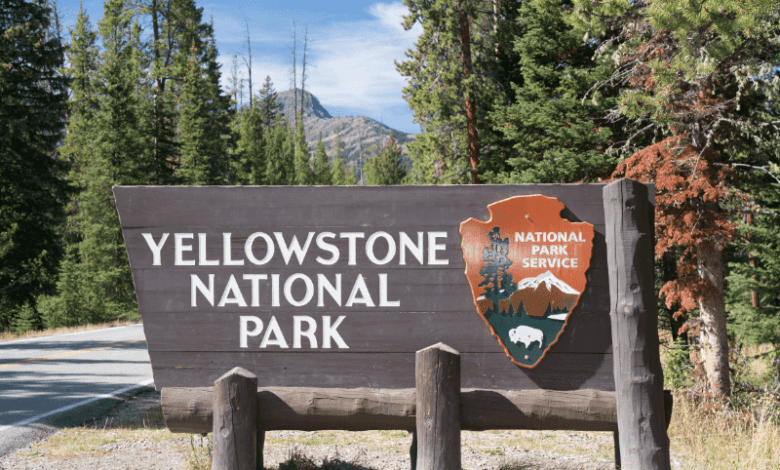National Park vs National Forest: Know the Difference for a Better US Adventure

Origins and Historical Significance
National parks and national forests serve as bedrocks of America’s natural heritage, each with distinct origins and purposes. The concept of national parks began with the institution of Yellowstone National Park in 1872, signed into existence by President Ulysses S. Grant. This was the first national park in the world, setting a paradigm of conservation and public entertainment of natural landscapes. However, Hot Springs National Park, earmarked as a federal reservation in 1832, is often cited as the first U.S. national park due to its early preservation status.
National forests also have an illustrious past, with Shoshone National Forest in Wyoming being the first, established in 1891. Unlike national parks, which focus on preservation, national forests were created to ensure sustainable use of natural resources, including timber, minerals and grazing land.
Mission and Management
The core mission of national parks is to preserve and protect natural and historical resources for upcoming generations. These areas prioritize conservation, allowing minimal alteration to their landscapes and are managed by the Department of the Interior. On the other hand, national forests balance conservation with resource production that are supervised by the U.S. Forest Service. This includes lumber, cattle grazing and recreational opportunities, demonstrating a more utilitarian approach.
Size and Visitor Statistics
National parks in the U.S. cover approx 84 million acres, with around 325.5 million visitors visiting 400 national parks in the U.S., a 4% increase from 2022. These parks are designed for public enjoyment while maintaining ecological norms. National forests incorporate nearly 193 million acres, offering a mix of resource extraction and recreational activities. The visitor experience in national forests is diverse, ranging from rudimentary camping to commercial operations like logging.
Public Access and Activities
National parks offer regulated access with designated campgrounds, trails and facilities, ensuring a controlled environment to protect natural features. Activities like camping, hiking and wildlife adventure are well known, but collecting natural items is restricted as a measure to preserve the environment.
National forests provide better and wider access, which includes dispersed camping, that allows for a more down home experience away from the rush and noise of cities. Visitors can engage in activities like hunting, fishing and even gold panning, depending on the rules and regulations of the forest. Resource collection, such as gathering firewood or rocks, is often permitted, reflecting the forest’s role in resource utilization.
Practical Consideration
It is crucial to understand the different amenities and rules before planning a visit. National parks generally charge entrance fees and offer well maintained facilities, which makes them ideal for family trips and educational tours. Conversely, national forests may have less fees and facilities, catering to those seeking peace and solitude and more hands-on outdoor experience.
For example, Kisatchie National Forest in Louisiana covers over 604,000 acres and offers a mix of recreational area and timberland . Despite several storm damage in the last few years, the forest remains a haven for outdoor enthusiasts, with trails like the azalea trail providing stunning seasonal hikes.
Understanding the divergences between national parks and national forests can considerably upgrade your outdoor adventure experience. Whether you seek the ethereal beauty of a national park or the resource rich landscapes of a national forest, knowing what to expect ensures a fulfilling and responsible visit to these national treasures.
